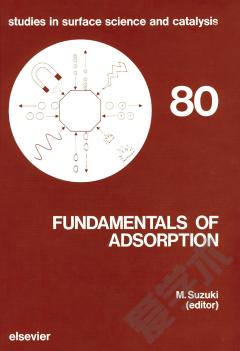Principles of Induction Logging
The monograph introduces the reader to the world of inductive well logging - an established method for surveying the electrical conductivity of rocks surrounding a borehole. The emphasis is on developing a theory of inductive logging and on understanding logging tools basic physics, since this theory and understanding furnish valuable insights for inventing practical induction logging techniques. The first chapter of the book presents the basic laws of electromagnetism from a point of view that will facilitate the application of the theory to problems in electromagnetic logging. Many topics that play an important role in the design and interpretation of tools readings are covered. The vertical resolution and radial depth of investigation of different induction tools is systematically considered. Special attention is paid to principles of induction logging with transversal induction coils, to transient method of induction logging in media with cylindrical and horizontal interfaces and to the influence of anisotropy on the electromagnetic field measured in a conducting medium. Multi-coil differential induction probes and induction logging based on measuring the inphase component of the secondary field or the quadrature component difference are also described in detail. The last chapter is devoted to mathematical modeling of the response of induction logging tools in 3D geometries. The theory of inductive logging presented in this volume can be applied to logging after drilling as well as logging while drilling.
{{comment.content}}








 京公网安备 11010802027623号
京公网安备 11010802027623号